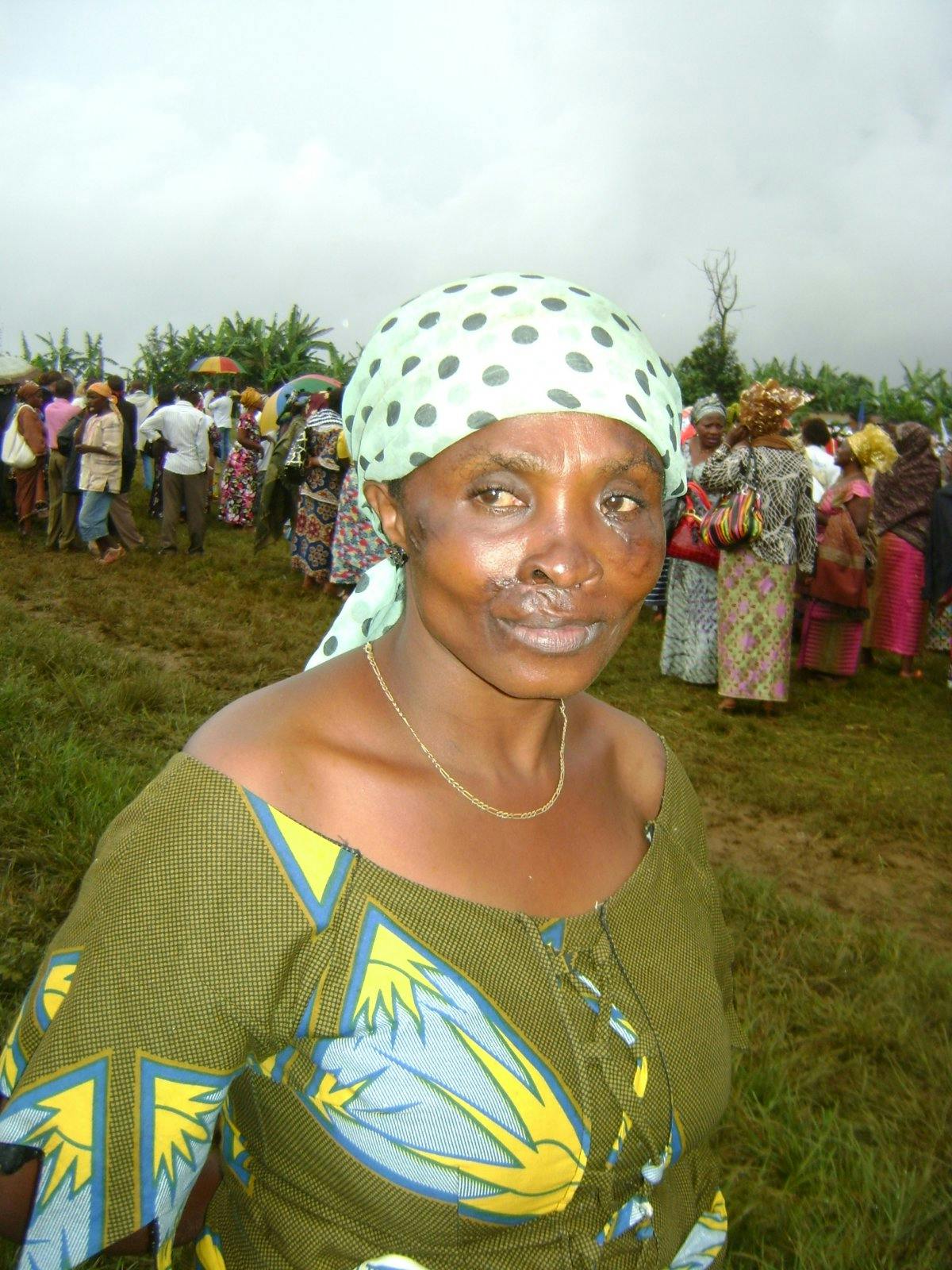Sexual and gender-based east of the Democratic Republic of Congo: " Existence of legal instruments, strategic limits of response measures and failure to close interventions for victims"
Feb 26, 2020
Story

Rape is the most famous form of sexual violence, most reported or identified and most documented by the international community. This practice was exacerbated by armed conflicts that have marked the history of the DRC. Unlike rapes that have hit the headlines, other forms of sexual violence and gender have little interested researchers and structures involved in the issue. To consider only the status of women, particularly as regards its participation in the decision making in the household, women have no right at all at the table when it comes to major decisions in the household as the within the community. Similarly, not entitled to property and inheritance, deprivation of public speaking is one of the common practices in rural and men discredit any idea advanced by the woman. This culture and conveys the idea of male superiority and female inferiority is basic acts of violence based on gender and gender.
The fact of focusing on the phenomenon of sexual violence among civilians requires an understanding of how gender relations are currently hampered by initiatives to help women at the expense of men. The limited progress made in terms of prevention and response to sexual violence and gender-based raise crucial questions about the effectiveness and sustainability of the approach that the international community has adopted in recent years.
Sexual violence committed during these conflicts have been amply documented. Although the use of rape has been described as a strategy of war, sexual violence and gender-based are now perpetrated by both the military and the civilian population due to the climate of impunity that covers the authors and silence that characterizes some victims. Rape and other gender-based violence have become part of the sad reality of women and men in eastern Congo. The data available in relation to the extent of sexual violence confirm that the east of the country is the most affected by this phenomenon. This violence includes acts that inflict physical, mental and sexual, of threats made on this suffering, coercion, and deprivation of liberty.
To fight against this violence, the DRC adopted in July 2006 two laws on sexual violence (Law No. 06/018 of 20 July 2006 amending and supplementing the Decree of 30 January 1940 concerning Congolese Penal Code and Law No. 06 / 019 of 20 July 2006 amending and supplementing Decree of 6 August 1959 on the Congolese code of criminal procedure) .4 In addition, the government adopted in November 2009, the national fight against gender-based violence Strategy. Despite these efforts, sexual violence remain widespread. The different actors on the ground continue to identify many victims of sexual violence by the armed forces (FARDC), elements of the Congolese National Police (PNC), members of various armed groups and civilians.
Notwithstanding the adoption of the statutes of 2006, it is clear that very few perpetrators of sexual violence are to date subject to prosecution. This situation can be explained in particular by the very limited access of victims to justice due mainly to the geographical distance between their home in the nearest court to the absence of an effective legal aid, the often high costs of court costs, certain weaknesses of the national judicial system whose non-compliance with the procedure, non-compliance with deadlines, the systematic application of transactional fines etc. The victims, in turn, often show a certain disinterest because almost all of them were never able to receive, as compensation for damages suffered, their right to compensation fixed by judicial decisions .
In addition to the unfavorable situation for women in general, socio-economic consequences for victims of sexual violence are important. 1 in 3 women sexually assaulted is divorced from her husband, and 1 in 15 is no longer accepted by the community. The stigma of being a victim of sexual violence is often perceived as bad as the act itself and the victims are often in a position of social isolation. Some groups of women are particularly vulnerable, such as women with children born of rape, rape in those groups, those with fistulas, rape consequences, and those positive to HIV. Abandoned women, but especially those rejected by their community, have serious difficulties to survive. In most cases they do not have access to livelihoods and are forced to find other means of survival, such as prostitution.
Activities in terms of prevention and response to victims of sexual violence remain inadequate and unequally distributed between rural and urban areas. Rural areas where most are perpetrated many acts of rape are little or not at all covered by the means of support while most psychosocial support and support structures are located in urban areas.
Several other difficulties continue to be posed in terms of management of direct and indirect victims. This is the care of children born of rape, the schooling of children raped and abandoned by their families, lack of shelter for victims rejected by their families or husbands, the medical management including initiation of antiretroviral (ARV) treatment to those with HIV through rape.




